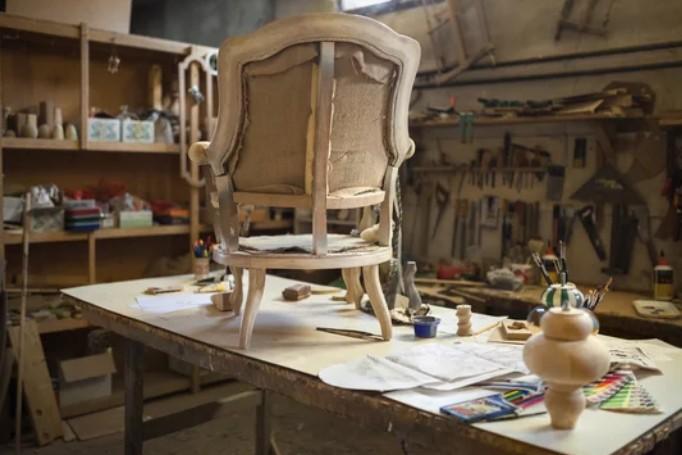DIY sofa upholstery can breathe new life into your furniture, but it’s a complex process with plenty of room for error. Uneven stitching, poor fabric choices, and overlooked frame issues can lead to a sofa that looks worse than before. Here are eight mistakes to avoid, with practical steps to get it right.
1. Selecting Unsuitable Fabric
The wrong fabric can ruin your sofa upholstery project, leading to tears or stains.
Mistakes to avoid:
- Lightweight fabrics that wear out quickly.
- Delicate materials like silk that stain easily.
- Thin patterns that distort when stretched.
Steps to success:
- Choose upholstery-grade fabric with a high rub count (Martindale or Wyzenbeek).
- Pick durable, cleanable materials like microfiber for high-use sofas.
- Test fabric samples for durability.
2. Uneven Stitching
Sloppy seams stand out, especially on visible edges and corners.
Causes:
- Sewing without guidelines or rushing.
- Incorrect thread or stitch length.
- Poor machine tension.
Steps to fix:
- Practice stitching on scrap fabric.
- Use a walking foot for thick upholstery materials.
- Pin or baste fabric before sewing.
- Sew slowly for precise, even seams.
3. Inaccurate Measurements
Poor measurements result in fabric that doesn’t fit or patterns that don’t align.
Common errors:
- Fabric too short or too long.
- Misaligned patterns across cushions.
- Gaps or overlaps from bad cuts.
Steps to take:
- Measure twice before cutting.
- Add 2–3 inches for stapling and seams.
- Plan pattern placement for a cohesive look.
4. Keeping Old Padding
Worn-out foam or batting makes your sofa uncomfortable and saggy.
Warning signs:
- Flat, lumpy, or crumbly foam.
- Musty odors or discoloration.
- Crunchy sounds when compressed.
Steps to improve:
- Replace with high-density foam for support.
- Add batting for smooth edges.
- Don’t reuse degraded materials.
5. Improper Stapling
Bad stapling leads to loose or uneven fabric.
Issues:
- Staples too far apart, causing fabric to slip.
- Crooked staples that don’t hold.
- Bulky corners from excess fabric.
Steps to correct:
- Use a professional upholstery staple gun.
- Space staples 1–2 inches apart.
- Pull fabric taut but not distorted.
- Trim and fold corners neatly.
6. Overlooking Frame Damage
A damaged frame undermines your upholstery work.
Signs of trouble:
- Wobbly or creaky structure.
- Cracked wood or loose joints.
- Unstable arms or legs.
Steps to fix:
- Inspect and repair the frame first.
- Tighten screws, glue joints, or add reinforcement.
- Abandon projects with irreparable frames.
7. Underestimating the Effort
Sofa upholstery is a time-intensive project. Key tasks include:
- Removing countless old staples.
- Using old fabric as templates.
- Labeling pieces for accuracy.
- Handling curves, piping, or buttons.
Plan for days of work, especially for large or complex sofas.
8. Avoiding Professional Help
Some projects need expert input. Upholstery services ensure:
- Precise stitching and fabric application.
- Proper padding and frame repairs.
- Durable, professional results.
A consultation can help with fabric selection or frame fixes.
Conclusion
DIY sofa upholstery requires careful planning and execution. Avoid these common mistakes to achieve a durable, attractive result. Use quality materials, follow these steps, and consider upholstery services for complex projects or expert advice. A well-done sofa is worth the effort.



